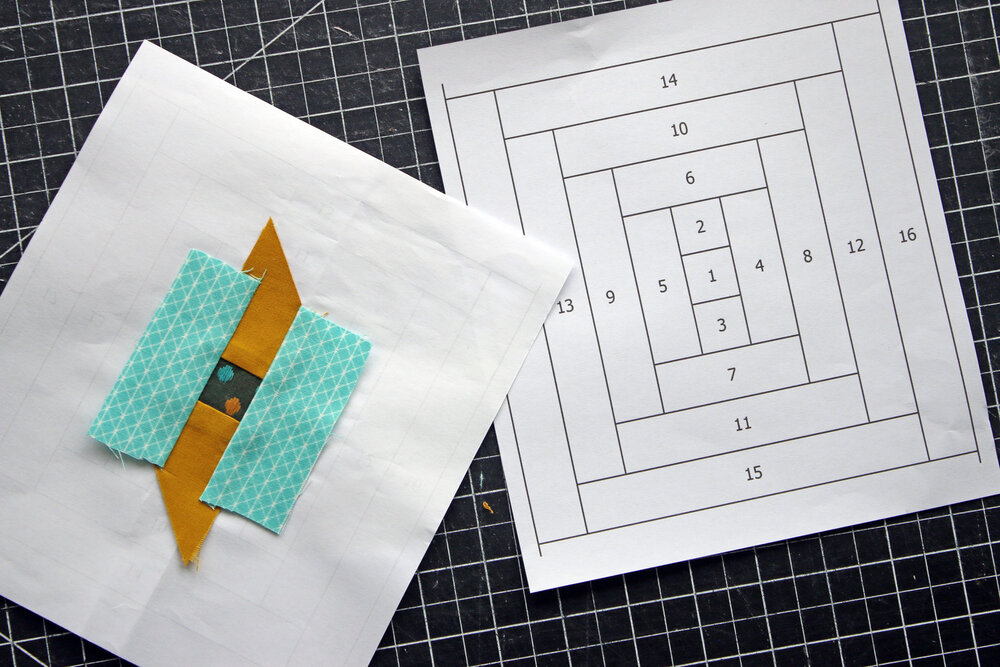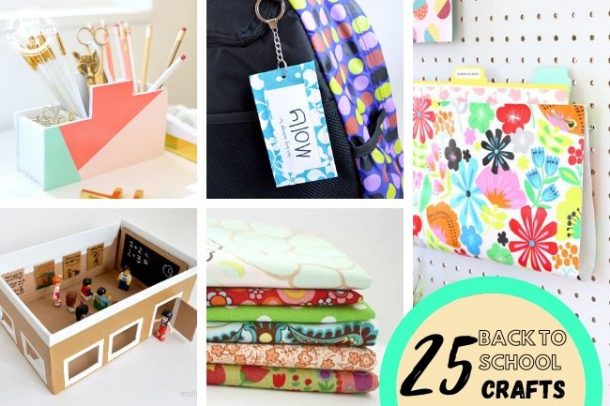
You might enjoy puzzles featuring animals if your passion is animals. After all, they'll be grateful for your purchases. Puzzles about animals are great for bonding with your animal of choice, whether you're a child and an adult.
Brain Tree Games' Animal Jigsaw puzzles
Brain Tree Games' Animal Jigsaw Puzzle App brings back childhood memories and the joy of solving jigsaw puzzles. This app contains more than 100 puzzles and will keep your mind active for hours. These puzzles can be used by any age group because they stimulate the brain and improve mental agility. Adults can also use these games to improve memory and concentration. They can also recharge their batteries by solving these puzzles.

Animal Jigsaw Puzzles have art collages of famous bird and animal species. The puzzle pieces have beautiful colors and are extremely detailed. This makes the process of solving them hassle-free. They are perfect for learning and are available in several sizes and shapes to meet the needs of all puzzle-lovers.
PUZZINGO Animals
PUZZINGO animals is a virtual zoo that is a fun way to learn about different animals. It includes polar, rain forests, safari, Australian, and koala bears. There are hundreds to choose, and you can even learn their names.
The app may not be working properly if your internet connection is down or your device is malfunctioning. If this happens, it's best to contact the community of the game for assistance. There are many ways to resolve this problem.
Balloon game
If your child loves to play animal puzzles, then a great way to encourage learning is with a colorful balloon game. After you have completed a puzzle, the colorful balloons will burst and produce fun and interesting effects. After you have completed a puzzle, a 3D animated animal character will cheer you and reward you with a colorful prize. This puzzle game, which features sea creatures like dolphins, seagulls, sharks, and clownfish, was created by a well known illustrator.

Brain Tree Games' PUZZINGO animals
PUZZINGO animals is a new interactive puzzle for children. It is educational as well as entertaining. It uses professional voice actors with accurate pronunciation, as well as visual cues to help the child with the puzzles. It has hundreds of different animals and sounds and names for each.
FAQ
How can I find a hobby?
You might feel as though you don't have a choice when you first start your quest for a hobby.
You might be thinking "I'm not very creative" or "I am terrible at sports" or even "I don’t know anything”.
However, it is likely that you already have a lot to draw on when searching for a hobby.
It's just not something you're aware of.
Have a look at your home. Do you have a lot of stuff?
Do you still have toys?
You might have a collection.
Perhaps you have always wanted to be a chef.
Or perhaps you would just like to learn how to play the guitar again.
Whatever it is, there's likely something you can turn into a hobby.
Realize that you have many experiences already.
And once you do, you'll be able to pick out a hobby that fits right into your lifestyle.
What's a hobby?
Any activity that kids enjoy as a hobby is something they do outside of the normal routine. Kids might enjoy drawing pictures, making things, painting, writing, crafting, and other activities.
Many parents are concerned that their children may get into trouble if allowed to do as they please. But this isn't always true. Your child won't get in trouble if they are safe and don't do any harm to anyone.
It is important to keep in mind that just because someone likes something, doesn't mean they will choose it every time. If they are passionate about drawing but hate writing, they might choose to draw pictures over writing.
There are many different hobbies, so it is up to you which one you love the most.
What are observation hobbies?
Observation hobbies involve watching people do the things they love. These hobbies could include reading books, watching sports, or going on vacation. It could also involve observing others.
Observation hobbies are great because they help you learn how to think creatively. This knowledge will be useful later in your work for others and yourself.
If you are passionate about something, you will find it easier to learn about it.
If you are interested in learning more about football, for example, you might watch a match or read a book. To learn more about photography, it is possible to visit and take photos.
If you like to play music, you can either learn the songs online or get a guitar.
You can cook your own meals, or you could go to a restaurant.
If you like gardening, you could grow vegetables or flowers.
You can take a dance class, or just go out with your friends if dancing interests you.
If you love painting, you can paint pictures.
You could also write poems or stories if you enjoy writing.
You can draw pictures if your passion is drawing.
If you have a passion for animals, you might be able to look after them or work in a zoo.
If science interests you, you can study biology, chemistry or physics.
If history is your passion, you can either read books or watch films. Or you could listen to podcasts.
If you enjoy traveling, you can travel around the world or just explore your own area.
Statistics
- In comparison, men in the “no humor” condition were refused 84.6% of the time and were only accepted 15.4% of the time. (time.com)
- I am 100% biologically a woman (discover.hubpages.com)
- Much of this decline reflects the fact that teens are less likely to work today than in the past; among employed teens, the amount of time spent working is not much different now than it was around 2005. (pewresearch.org)
- The intensity of the dialogue partners' bond at the end of the forty-five-minute vulnerability interaction was rated as closer than the closest relationship in the lives of 30 percent of similar students. (time.com)
- 37% Video Games 36% Travel 36% Health and Fitness (quizexpo.com)
External Links
How To
How to begin gardening
Gardening is one the oldest forms. It takes patience, persistence, determination, and perseverance. You must choose a suitable location to start your garden. It could be large land, or just your backyard. Next, pick the type of plants that you would like. Do you prefer flowers over vegetables? Some people love to grow herbs, while others enjoy raising animals like rabbits. You should consider how much space you have available before deciding what types of crops you plan to plant. If your climate is cold, you may decide to plant berries and fruits.
After choosing what you want to plant you need to prepare your soil. Your plants' success or failure will depend on the soil they are placed in. Organic matter is essential for the health and well-being of your plants. Organic matter includes leaves, twigs (grass clippings), manure, compost, and manure. Once your soil is prepared, it's time to add nutrients. The type of plant you intend to grow will dictate the amount of nutrients you need. Online fertilizer calculators can be used to determine these values. There are many fertilizers to choose from, so it is important that you are familiar with the product you are using.
Now you need to wait for the seeds to germinate. The process typically takes 2 to 3 weeks depending on the weather conditions and temperature in your area. Once your seeds have sprouted, you need to water them regularly. Overwatering your plants can lead to problems. Avoid overwatering your plants. Overwatering could lead to root rot as well as fungal diseases. When watering your plants, remember that most plants require less water during the warm summer months than in winter. Also, remember that certain plants need to dry out after watered. For example tomatoes should be kept slightly moist and not wet. They are not happy to be in soggy soil. After plants finish flowering, they need to go dormant. Dormancy occurs when plants stop producing any new growth and start to store energy for the next harvest. The plant ceases sending signals to its roots to produce food during dormancy. Throughout this period, the plant stores energy. However, the plant will die if temperatures drop below freezing or there is insufficient sunlight.
Urban areas can limit your choices for plants. Urban areas tend to contain concrete sidewalks, roads, buildings, and parking lots that block sunlight from reaching the ground. Concrete absorbs sunlight, which prevents the soil beneath from getting enough sun exposure. This is why many plants cannot thrive in cities. However, many plants can still thrive in urban environments. Many trees, shrubs, and perennials can adapt to city living. Many annuals are also possible to grow indoors in containers. You can grow fresh greenery year-round in containers.
You're now ready to plant after you have chosen where and what to grow in your garden.